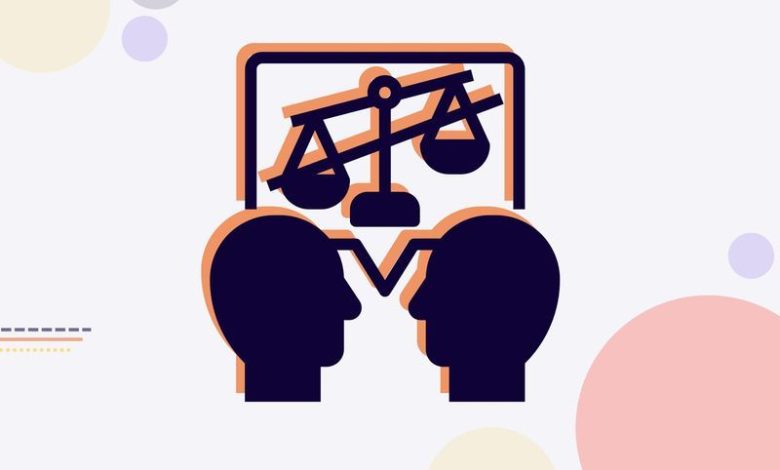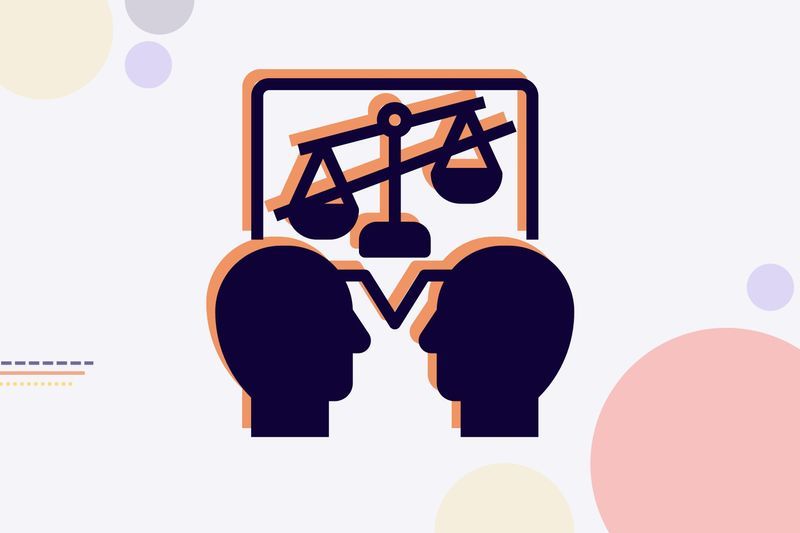How To Mitigate Bias in AI ( The Ultimate Guide )

What Is the Role of Bias in AI Models?
Since all models are created by people, they all have biases. The biases of organizational teams, their designers, data scientists putting the models into practice, and data engineers collecting the data can all be reflected in machine learning models. They, of course, also mirror the bias present in the data. We should want and get a certain degree of dependability from our models, just as we do from human decision-makers.

As machine learning is fundamentally based on bias (in its widest sense), a reliable model will nevertheless include a lot of biases. Patients having a history of breast cancer are more likely to have a favorable outcome, as a breast cancer prediction model accurately predicts. It could discover that women are more likely to have favorable outcomes, depending on the design. The final model can be biased and have varying degrees of accuracy for men and women. Is my model biased? is not the most important question to ask because the answer is never no.
The European Union High Level Expert Group on Artificial Intelligence has created criteria that apply to model creation in an effort to find better questions. Generally speaking, machine learning models
Historical Cases of Bias in AI
The following three historical models have questionable reliability because of AI bias that is illegal, immoral, or weak. The first, and most well-known, example is the COMPAS model, which demonstrates how even the most basic models may engage in immoral racial discrimination. The second scenario highlights a weakness in most NLP models, which is that they are not resistant to discrimination based on race, sexual orientation, or other factors. The Allegheny Family Screening Tool, the last example, provides recommended practices for mitigating a model that is fundamentally defective by skewed data.
COMPANIES
The COMPAS system, which is utilized in Florida and other US states, is the quintessential illustration of biased, unreliable AI. The COMPAS system employed a regression model to forecast the likelihood of recidivism for an offender. The algorithm predicted twice as many false positives for recidivism for African American ethnicities than for Caucasian ethnicities, while being tuned for overall accuracy.
The COMPAS example demonstrates how, despite our methodological comfort, undesired bias can still find its way into our models. Technically speaking, the COMPAS data was handled in a very standard manner, even if the survey questions themselves were not entirely relevant. A short dataset with few characteristics was used to train a small supervised model. (As is probably the case for any data scientist or ML engineer, in my profession, I have repeatedly followed a similar technical method.) However, common design decisions led to the creation of a model with unwelcome, racial discriminating bias.








